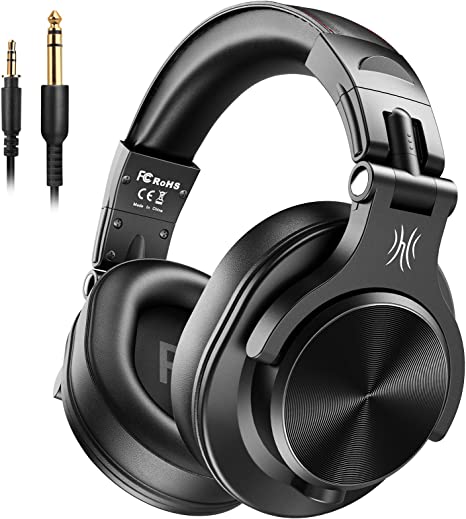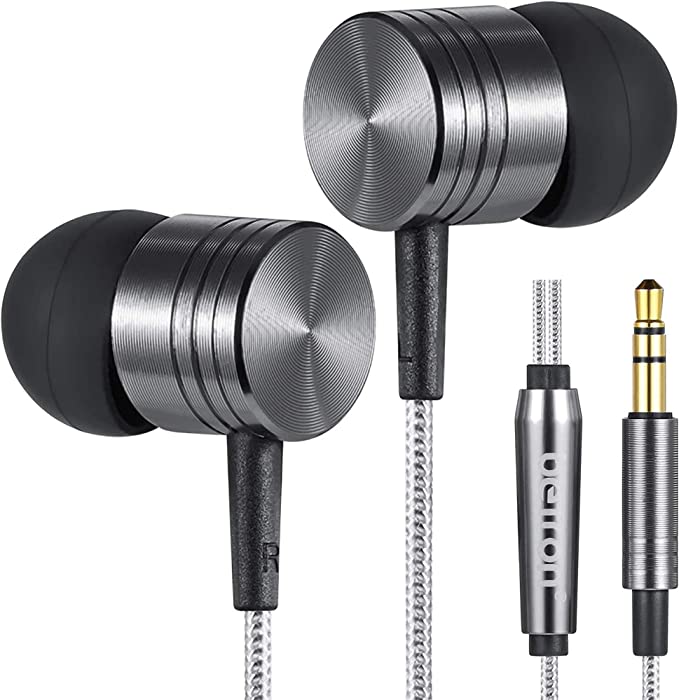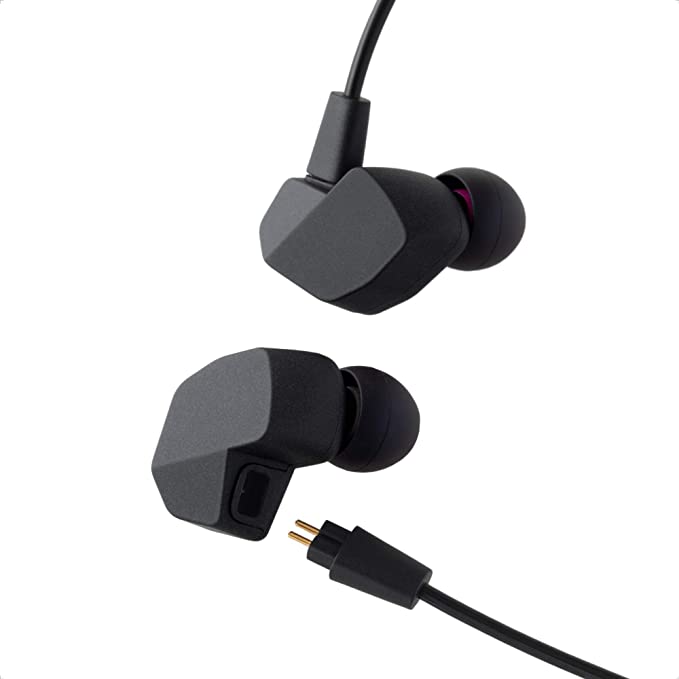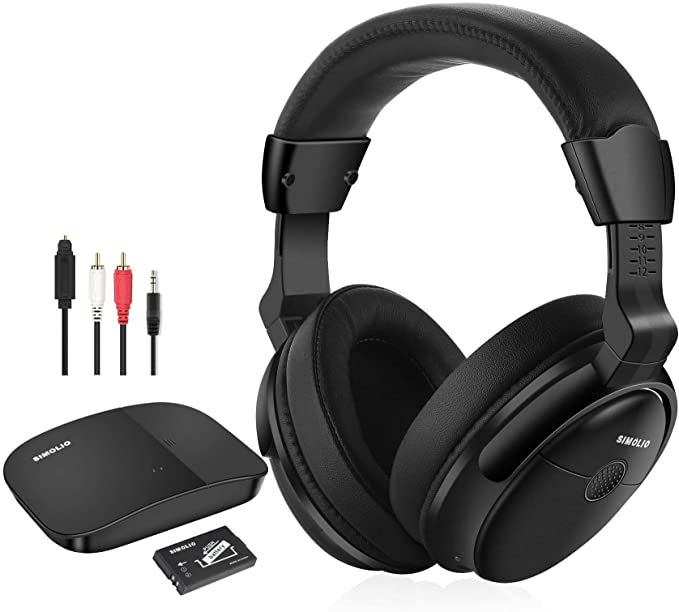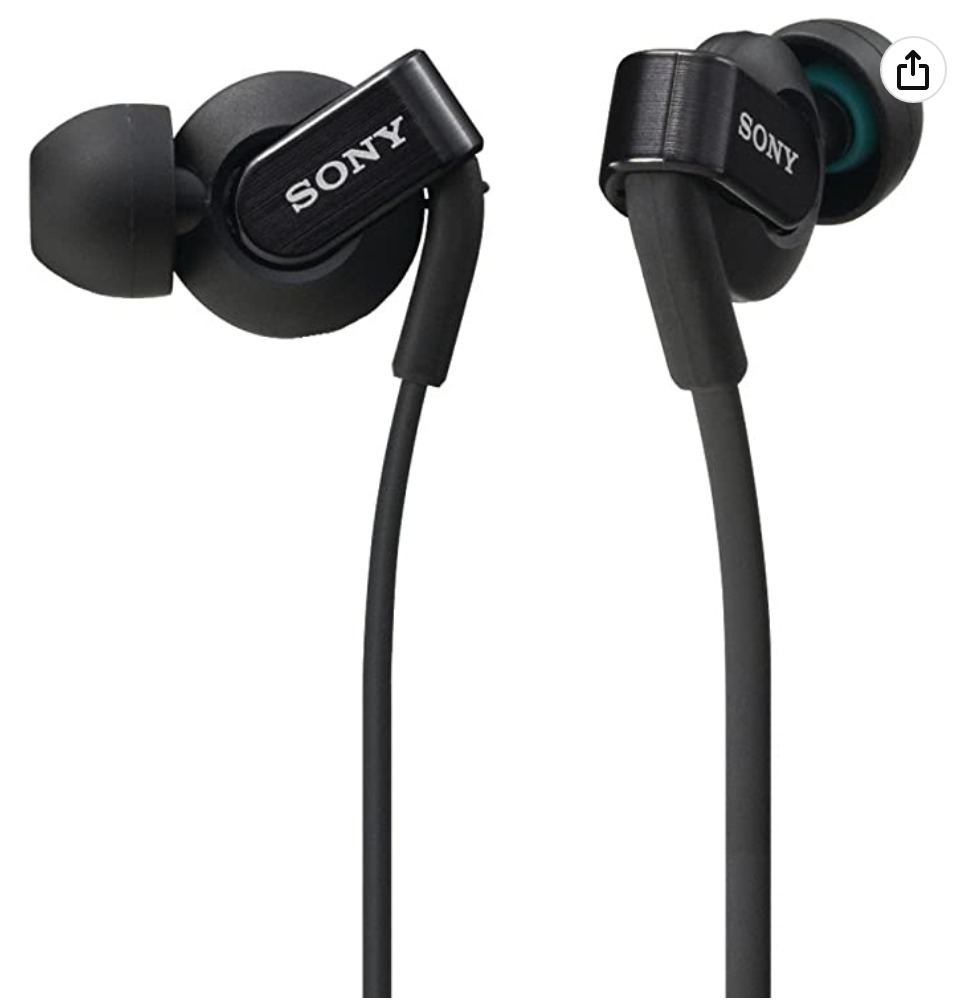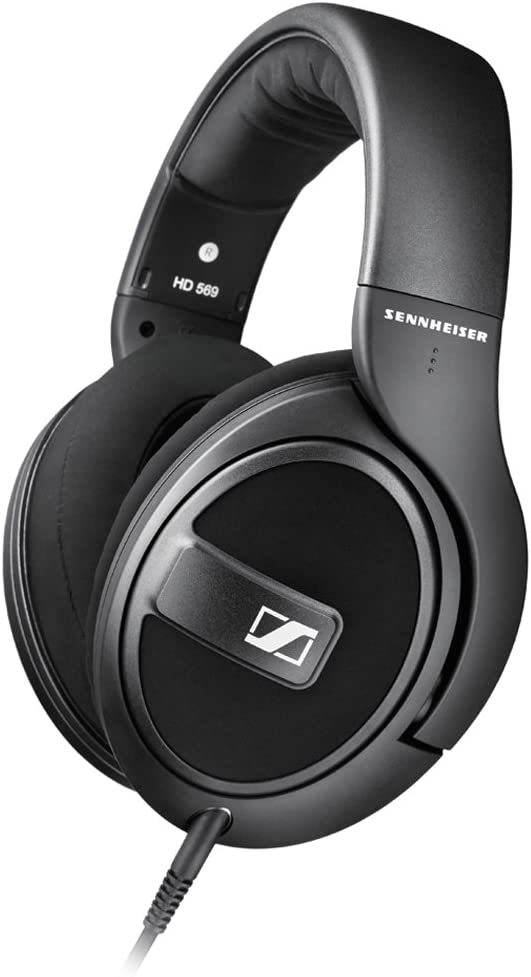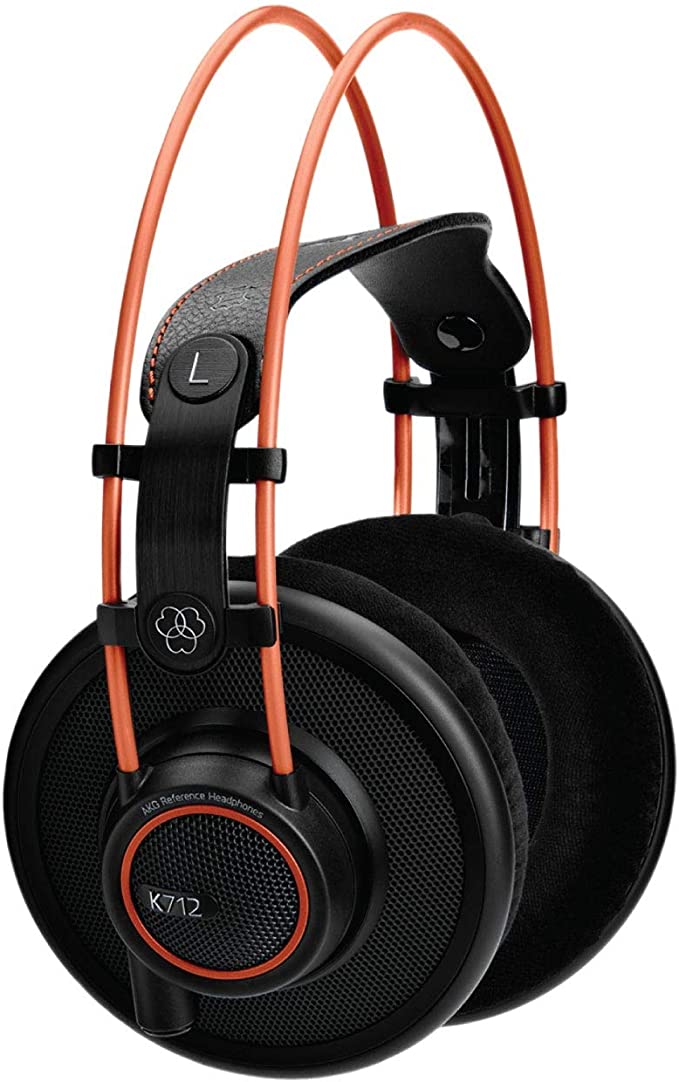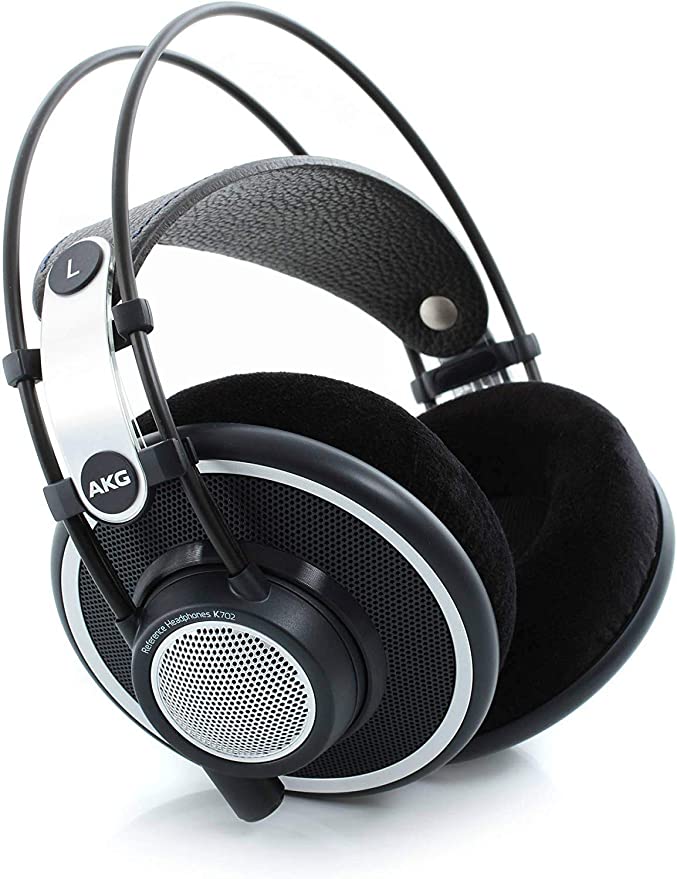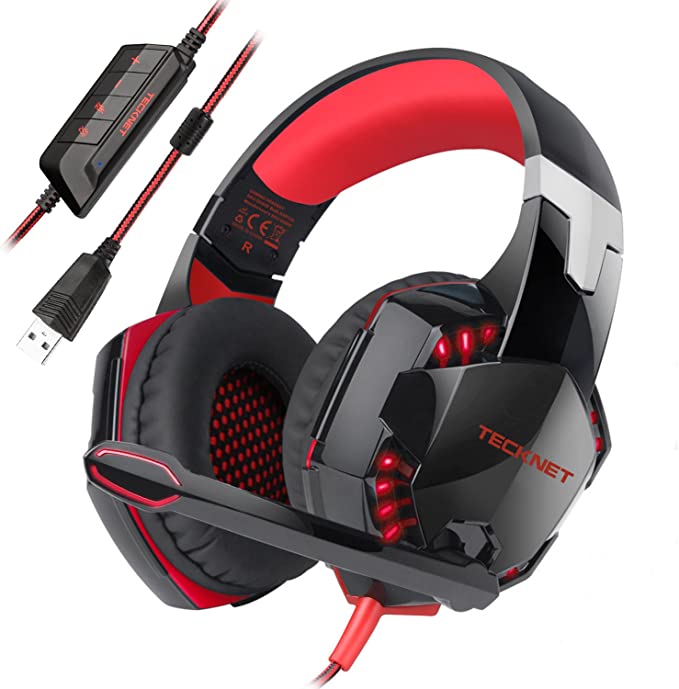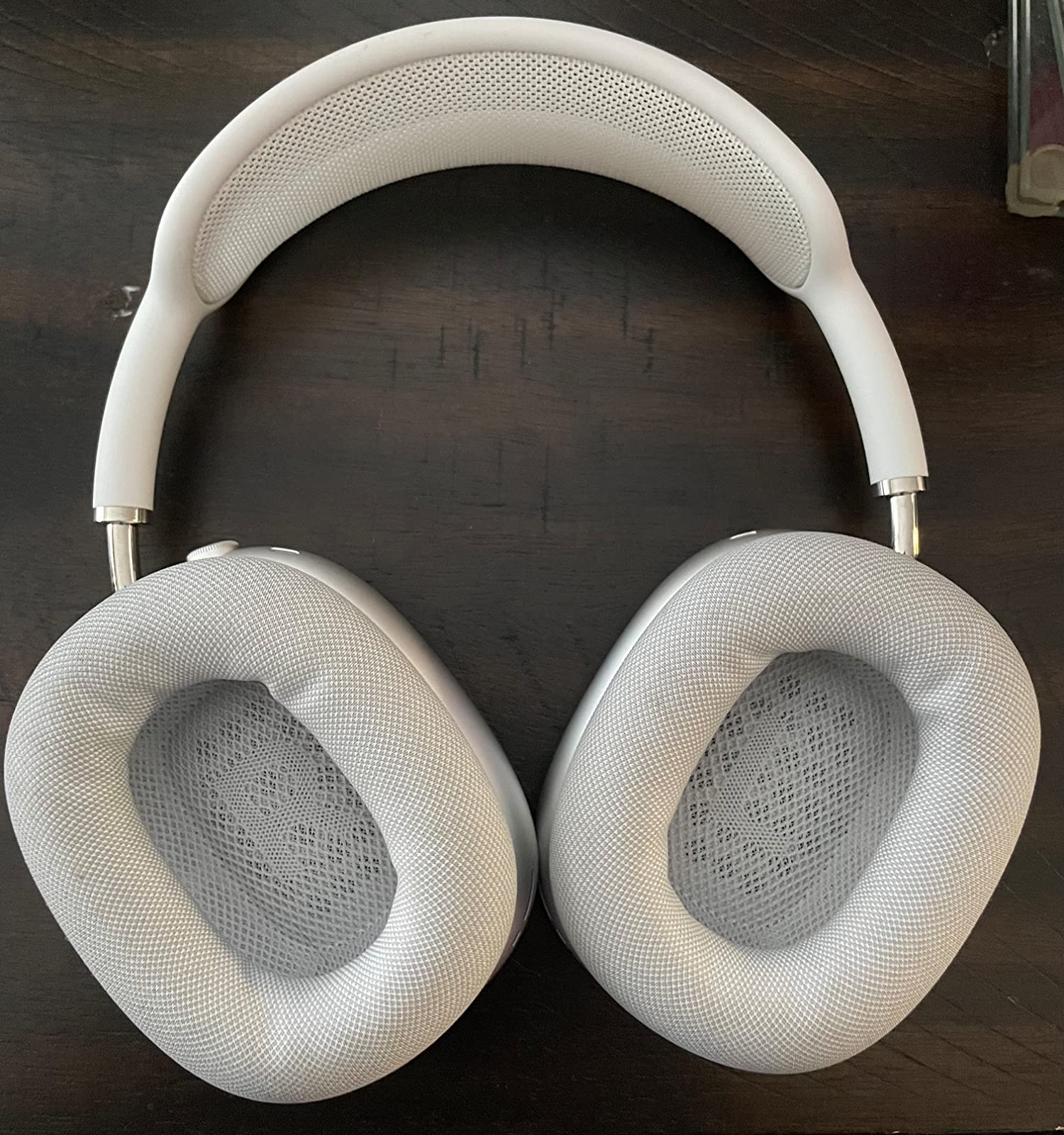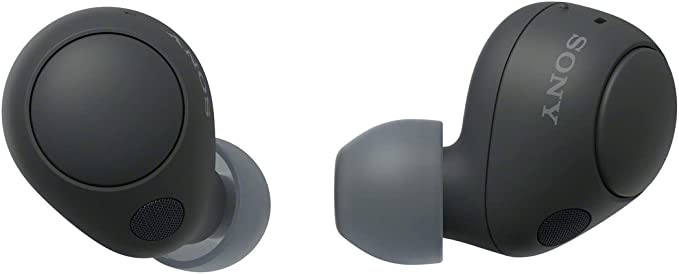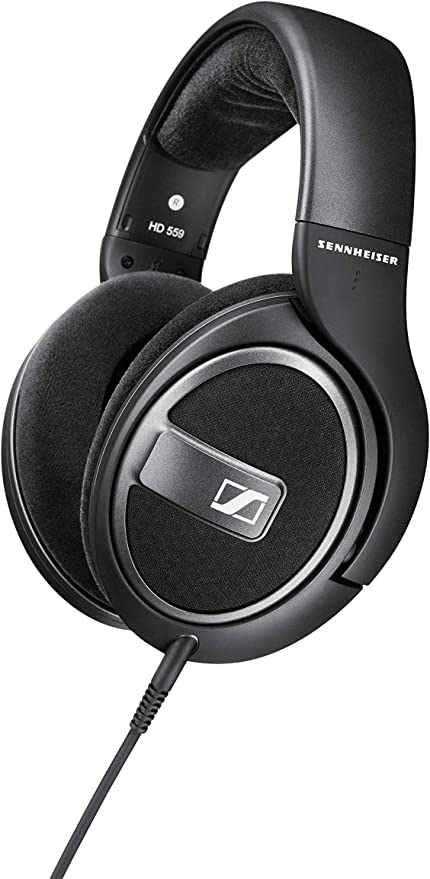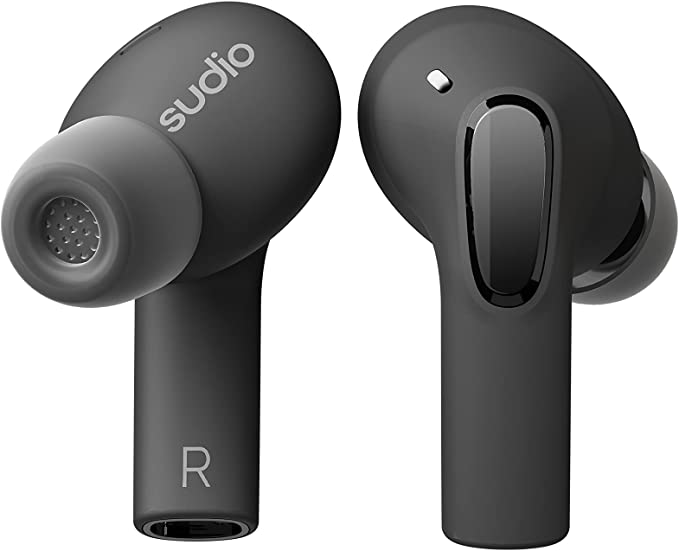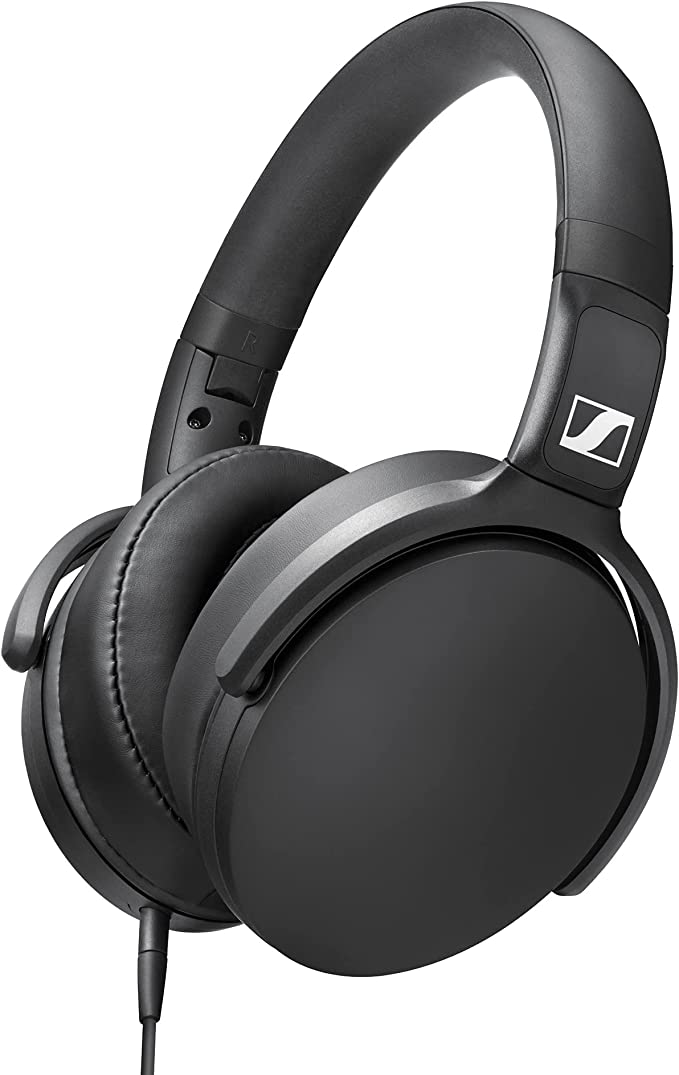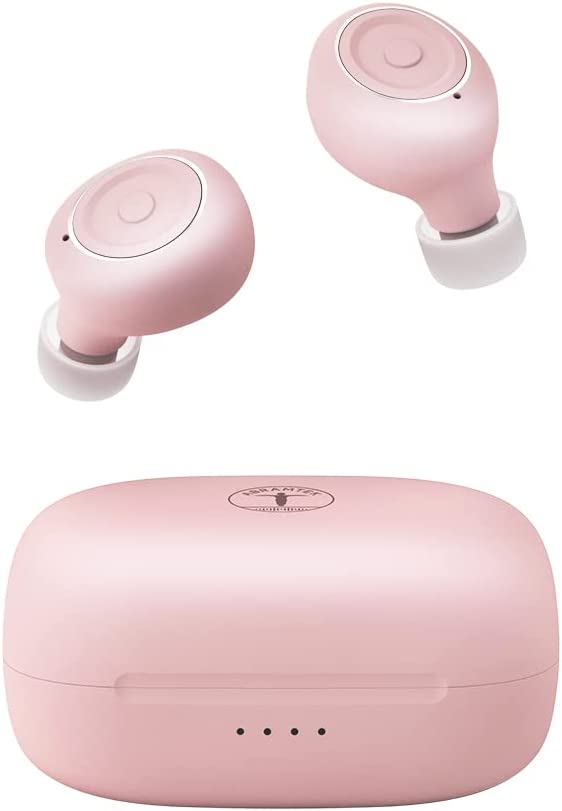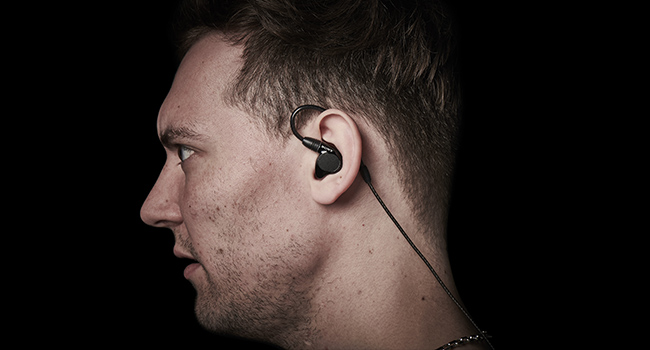Skullcandy Crusher Over-Ear Wireless Headphones: Feel the Beat with Bone-Rattling Bass
Update on June 27, 2025, 4:50 p.m.
It started as a ghost in the machine. A faint, phantom vibration I’d feel in my jaw when a deep bass note hit just right on a high-end studio monitor. It wasn’t just something I heard; it was a physical presence, a fleeting tremor that connected the sound to my senses in a more profound way. For years, I chalked it up to the sheer power of professional equipment. Then, a curious specimen landed on my desk: the Skullcandy Crusher Wireless. Its claim was audacious—“bass you can feel.” This wasn’t a promise of quality, but a promise of a different reality. It posed a question that, as an audio engineer, I couldn’t resist: how do you bottle a phantom vibration and sell it in a box? I had to know. This isn’t a review; it’s a dissection.
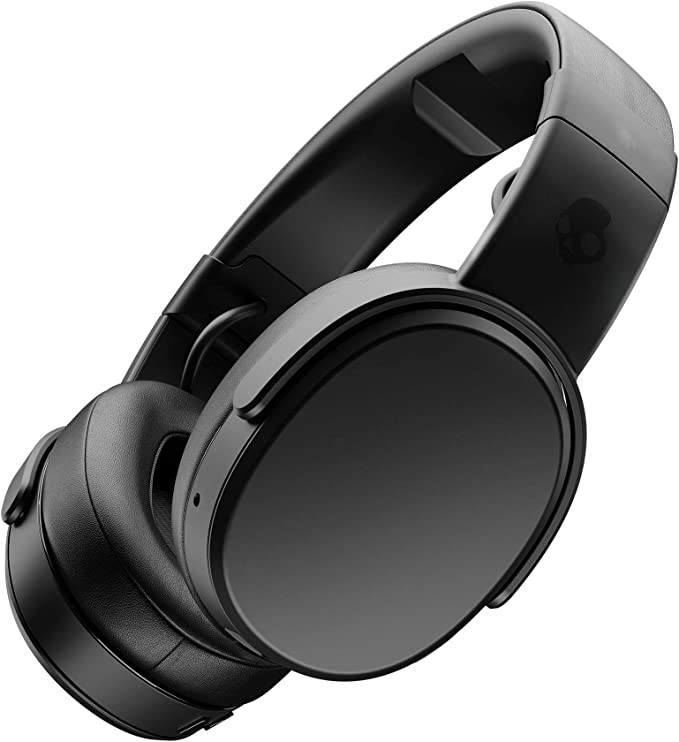
A Brief History of Buzzing
To understand the Crusher, we first need to appreciate that making things vibrate is not a new idea. For many of us, our first dance with haptic technology came from a gray, three-pronged controller plugged into a Nintendo 64. The Rumble Pak. When a bomb exploded in GoldenEye 007, the controller didn’t just make a sound; it kicked and bucked in your hands. It was a crude, brute-force effect, driven by a simple spinning motor with an off-center weight—an Eccentric Rotating Mass (ERM) motor. But it was revolutionary. It proved that adding a physical, tactile dimension to a digital experience could exponentially increase immersion.
Fast forward a couple of decades. The clumsy rumble has evolved into the sophisticated, nuanced taps and clicks of our smartphones and high-end game controllers. These modern devices often use Linear Resonant Actuators (LRAs), which can produce much finer, faster, and more controlled vibrations. Haptics are now a mature language of user interaction. The Skullcandy Crusher represents the next logical, and perhaps most interesting, chapter in this story: translating that language back into the realm of pure audio.
Inside the Orchestra Pit: The Two-Driver Symphony
Prying open the Crusher (metaphorically, of course), you discover its secret isn’t one powerful component, but a clever division of labor. It operates like a well-managed orchestra. The product page mentions “two full-range 40mm audio drivers and additional dual bass drivers.” Let’s translate that from marketing-speak into engineering reality.
The 40mm audio drivers are your main orchestra. They are the violins, the cellos, the flutes, and the vocalists. Their job is to reproduce the vast majority of the sound spectrum with as much clarity as possible—the crisp dialogue, the soaring melodies, the detailed textures. They are the custodians of audio fidelity.
The “additional dual bass drivers” are a separate, specialized section. Think of them as the massive timpani drums and sub-bass pipes hidden at the back of the stage. They aren’t there to play the melody; they are there to shake the floor. These are not speakers. They are dedicated haptic engines, transducers designed for one purpose: to convert the lowest-frequency electrical signals into powerful, physical vibrations. The adjustable slider on the earcup isn’t a volume knob; it’s a conductor’s baton for this seismic section, telling them how intensely to perform.
This separation is a stroke of genius, because it elegantly sidesteps a fundamental problem in audio engineering: Frequency Masking. When you take a single, standard driver and try to force it to produce bone-rattling bass using a software EQ boost, you’re asking it to do too much. The powerful, low-frequency waves it generates can literally overwhelm and “mask” the subtler, higher-frequency sounds. Vocals become muddy, cymbals lose their shimmer, and the entire mix turns into an indistinct sludge. Furthermore, pushing a driver to its physical limits introduces harmonic distortion, an ugly fuzz that is the enemy of clean sound.
The Crusher’s two-driver symphony avoids this entirely. It lets the main orchestra play its beautiful, clear melody, while the percussion section handles the visceral impact independently. It’s a solution that delivers both clean audio and physical punch, a feat that is nearly impossible to achieve with a single driver.
The Brain’s Backdoor: Hacking Perception
So, the hardware is clever. But the real magic happens inside the most complex audio processor of all: your brain. The Crusher doesn’t just feed your ears; it exploits a fascinating backdoor into your perceptual system, a phenomenon deeply rooted in psychoacoustics.
One of the foundational concepts in this field is represented by the Fletcher-Munson curves, which show that human hearing is not linear. We are far less sensitive to low-frequency sounds at lower volumes. To perceive a 50Hz tone as being just as loud as a 1kHz tone, the 50Hz tone needs a much higher physical sound pressure level. This is why music often sounds thin and tinny when you turn the volume down.
The Crusher’s haptic system is a brilliant cheat code for this problem. It doesn’t bother trying to make your eardrums do all the work. Instead, it sends the low-end information directly to your body as a tactile signal. The vibrations travel through the soft cushions, across your skin, and through the bones of your skull in a process known as bone conduction. Your brain receives these two separate data streams—the auditory signal from your inner ear and the tactile signal from your nerves and bones—and seamlessly stitches them together into one, unified experience of powerful, immersive bass.
There might even be a deeper, evolutionary reason this trick works so well. For our ancient ancestors, a low-frequency rumble was not an invitation to dance; it was a primal warning sign. The tremor of an approaching predator, the distant roll of thunder, the groan of an earthquake—these were survival signals transmitted through the ground and felt by the body long before they were clearly heard. Our brains may be hardwired to pay special attention to these vibrations, to assign them a heightened sense of importance and reality. The Crusher taps into this ancient, instinctual pathway, which is perhaps why the feeling it produces is so immediate and compelling.
A Flawed Masterpiece: The Real-World Verdict
In the controlled environment of a lab, the Crusher is a marvel of sensory engineering. But in the messy reality of daily life, it reveals itself as a highly specialized tool, not a universal solution. This is where the wealth of user feedback on its product page becomes invaluable.
For watching a blockbuster movie or playing a first-person shooter, the experience is nothing short of transformative. Explosions don’t just bang, they bloom against your skull. The roar of a V8 engine becomes a visceral growl. In these moments, the Crusher delivers on its promise of immersion in a way that no conventional headphone can. Its substantial 40-hour battery life means it can handle marathon gaming sessions or entire seasons of a show without a recharge.
However, take it out for a jog, and the magic shatters. As one user aptly described, the physical jolt of each footstep sends a “reverberating” thud through the haptic drivers, an artifact of the very system that creates its immersive feel. It’s a headphone designed for a stationary body. Likewise, its build, primarily plastic, has been a point of concern for some users who report cracks developing over time. It’s a device that, despite its 9.7-ounce weight—about as heavy as a large apple—demands a degree of care. It is not an active noise-cancelling headphone, so it won’t silence the drone of an airplane engine, relying only on the passive seal of its plush earcups.
The Fourth Dimension of Audio
To judge the Skullcandy Crusher against a traditional audiophile headphone is to miss the point entirely. It would be like critiquing a roller coaster for not being a comfortable way to get to work. They are built for different purposes. This device is not for the purist seeking neutral, uncolored sound reproduction.
Instead, the Crusher is a bold and fascinating experiment in sensory expansion. It successfully introduces a fourth dimension to the personal audio experience: the physical, the tactile, the feeling. It proves that immersion is not just about pristine sound quality, but about the artful deception of our senses. It’s a flawed, niche, and utterly brilliant piece of engineering that reminds us that sometimes, the most powerful way to experience sound is to stop just listening, and allow yourself to be moved. It makes you wonder, what other senses are waiting for technology to give them a new way to speak?
